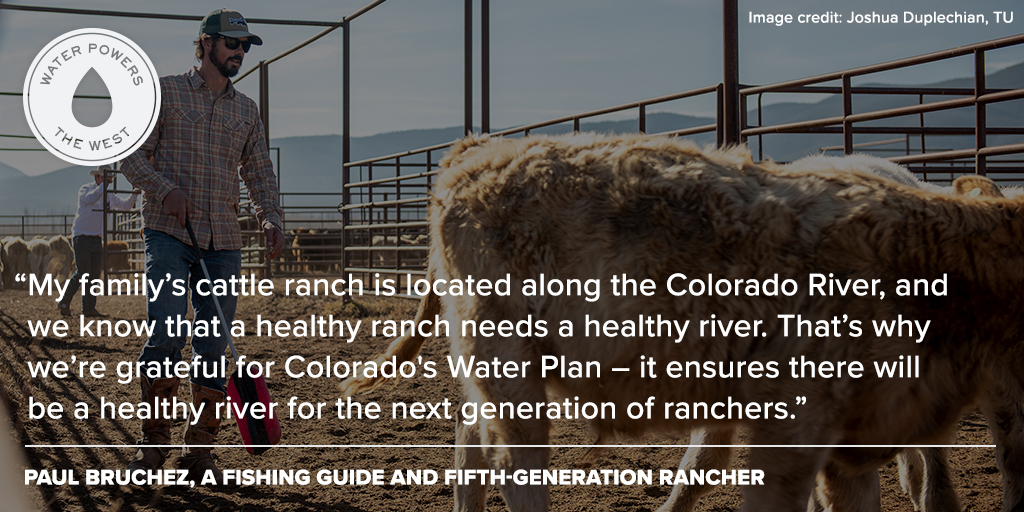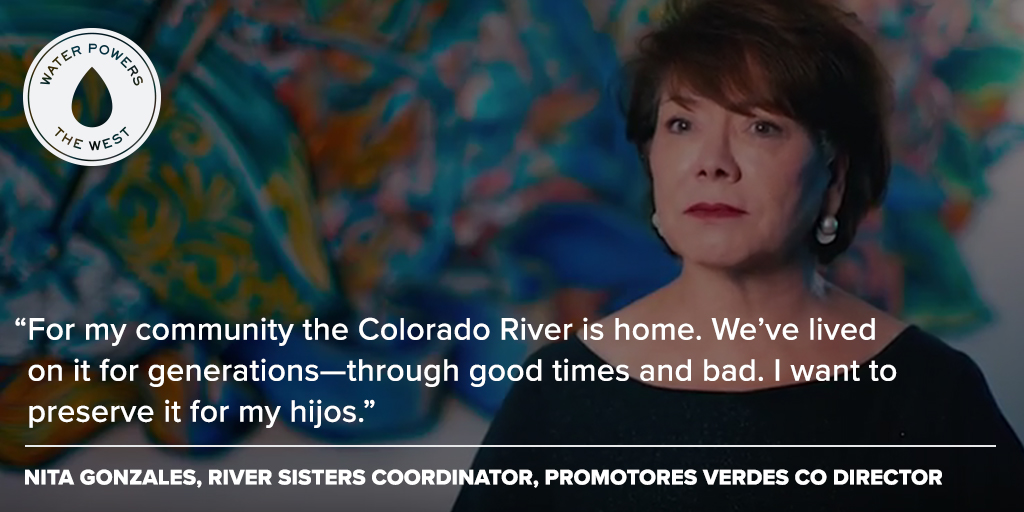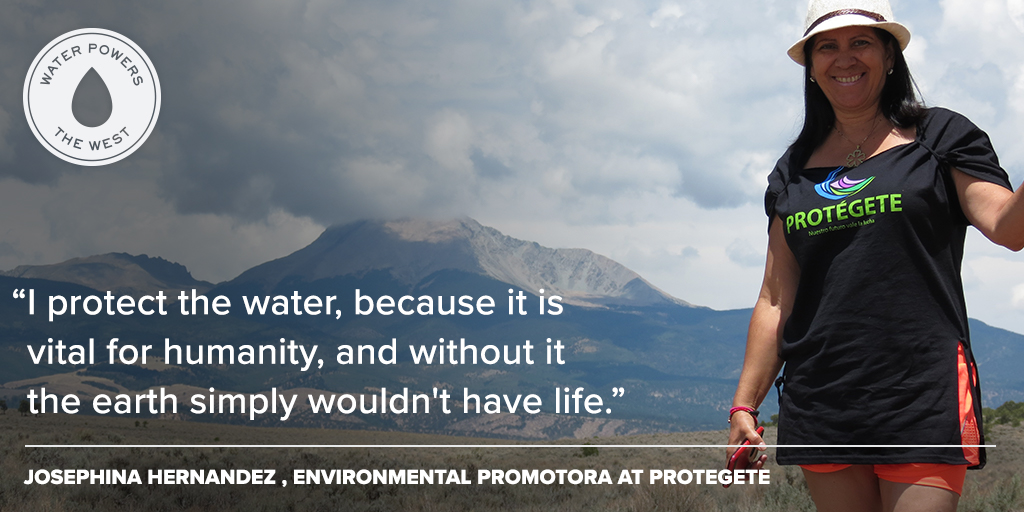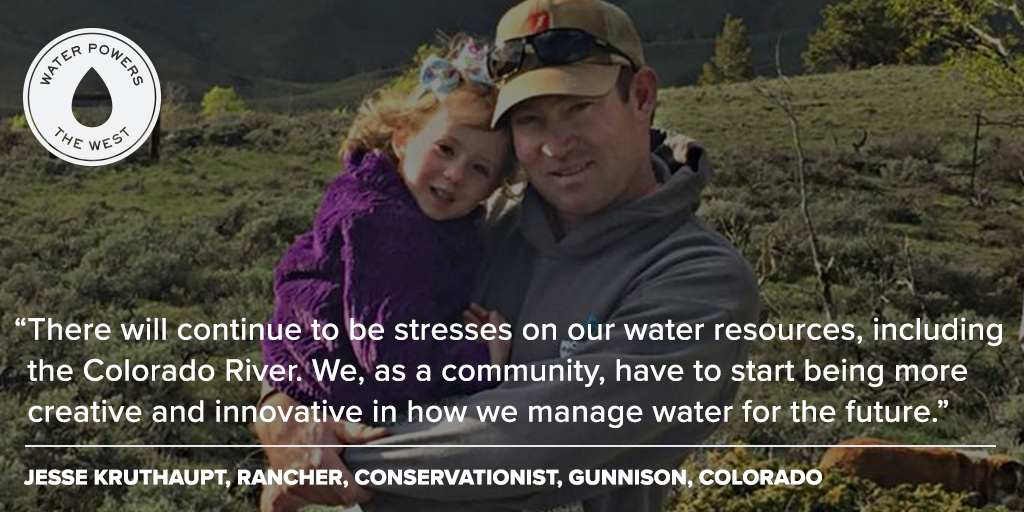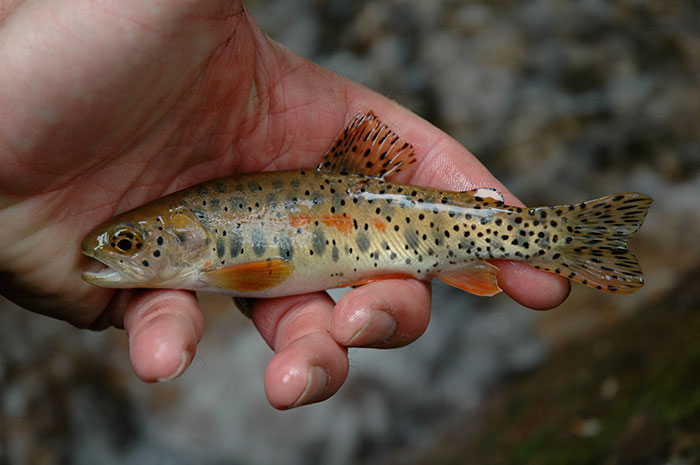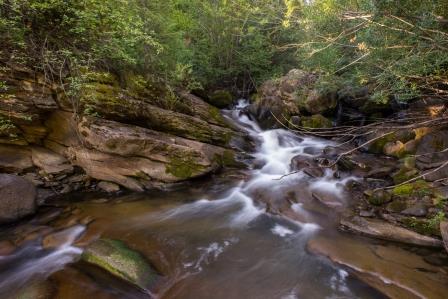Are you looking for ways to help support youth education around Colorado? Join the team at Colorado TU as the AmeriCorps VISTA Youth Education Coordinator! Job description and application details are below. Candidates MUST apply for the position through the AmeriCorps VISTA program.
Application Deadline: Tuesday, August 7, 2018
Job Description:
Colorado TU’s STREAM of Engagement program aims to engage the next generation in conservation, and to extend STEM learning and outdoor experiences to underserved and minority youth in communities where Colorado TU chapters can help deliver youth programs. We will provide opportunities for youth to benefit from healthy outdoor activity and to improve their economic prospects through the development of skills and interest in STEM fields, as well as improving connection and commitment to the health of their home watersheds, which are essential to the community’s well-being and economy.
This VISTA position will help link communities of need with the resources and volunteer capacity of Colorado TU chapters (24 located around the state) to provide educational programming to youth. The program will focus on building sustainable capacity to deliver effective and compelling programs to youth in communities that can be served through TU chapters and local partners. Efforts will include development of new partnerships with community groups, securing financial and other needed resources, recruitment and cultivation of volunteers, development of curricular and other support materials, and organizing training for volunteer leaders and educators.
Other responsibilities include:
(1) Identify communities of need in proximity to CTU chapters that can provide youth outdoor education programs; determine local groups in these communities with which TU can collaborate to serve youth populations; and develop agreements with groups for program delivery.
(2) Assemble, develop, and/or refine curricular and training materials for CTU “STREAM of Engagement” programs including establishing an online clearinghouse of this information; and develop and host in-person training for educators and volunteer leaders.
(3) Help enhance organizational capacity through grantwriting to secure funds for youth programs, securing equipment needed for program sites and regional “lending libraries” of gear to be shared among sites, and assisting local program leaders in effective volunteer recruitment.
(4) Establish pilot project(s) for new program(s) (e.g., STREAM girls with Girl Scouts), conduct program evaluation, and develop recommendations for effective and sustainable delivery of the new program(s) as they expand to new sites.
(5) Work with CTU Headwaters committee to develop effective organizational coordination processes and structures.
Requirements:
Candidates must have a Bachelor's degree or higher. Preferred candidates will have experience in outdoor/environmental education, teaching, working with youth, grant writing, community organizing, and a basic knowledge of fly fishing (not required). Experience in working with underserved communities, speaking multiple languages, and knowledge of Trout Unlimited is a plus.
Benefits:
The successful candidate will receive benefits through the AmeriCorps VISTA program, which can include a living stipend, base salary, student loan deferment, and tuition awards.
Full-Time Position. Start time frame: September.
Apply Today!
To apply for the position, please complete the following process:











